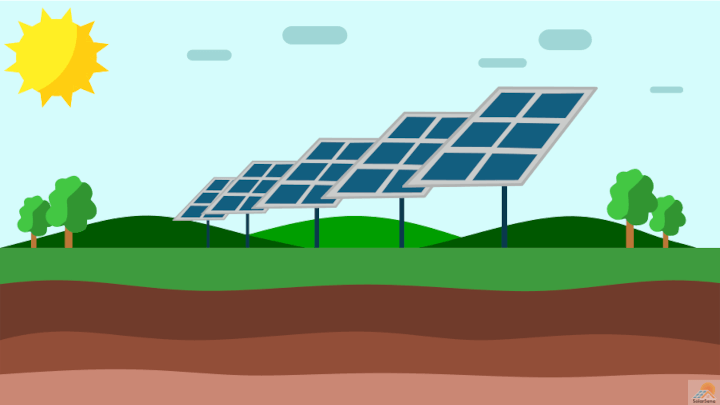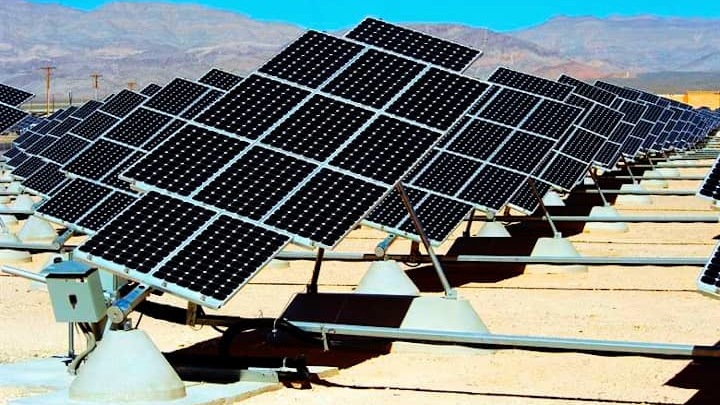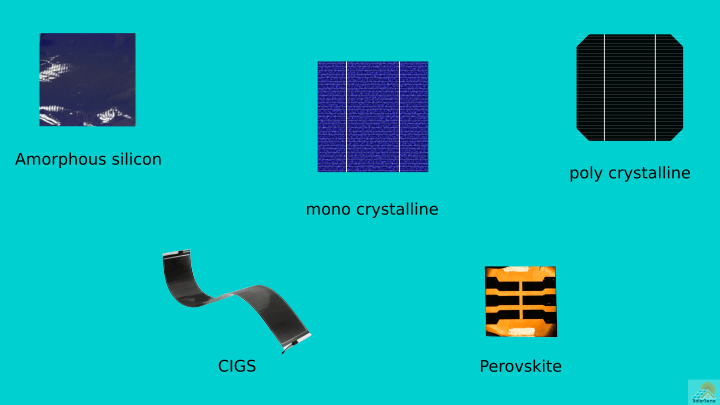Investing in a battery pack for your solar system is recommended, but is it possible to efficiently use solar panels directly without a battery? Let’s explore your options! Every step you take towards a greener home makes a difference. If you want to reduce your grid-connected power consumption but you’re not in a financial position to install solar panels with batteries as a backup power source, you can start with a stand-alone system.
In this article, I explain how solar panels work without batteries and summarize the different power generating options available. The technological leaps that have been made in the solar industry over the past decade have made using solar panels without a battery a real possibility.
Solar Panels Without a Battery: How it Works
Can solar panels be used without a battery? Absolutely! In fact, most people choose to install their solar system without them.
Here are some reasons why you might want to do this:
- You live in an area with unreliable sunlight and would like to stay connected to the grid for a backup power source
- You don’t have space to store batteries
- You don’t have the funds to invest in batteries
- You do not want to go completely off the grid
A solar system without batteries works the same as one with them. The main difference is that you won’t have power once the sun goes down. However, if you are connected to the grid this will not be an issue. Power from the grid with supply your home with power whenever your solar panels are not receiving energy.
The Advantages of a Solar System Battery Pack
If you want a true off-grid system, you need to invest in batteries for your solar power setup. With an off-grid system, you’ll experience the ultimate energy security. Your batteries will charge during the day, and you’ll run on them throughout the night. A large battery pack can even carry you through several cloudy days!
Some other advantages of having a solar system battery pack include lower electricity bills, no power outages, and your contribution to a greener environment.

How To Use Solar Panels Without a Battery
If a battery pack is out of your budget, you don’t have space for it, or you’re simply looking for other options, you’ll be happy to know there are many! Here’s a summary of three different ways to use solar panels without a battery:
Solar Panels Without a Battery: Grid-Tied Solar Systems
A grid-tied solar system is still connected to the electrical power grid in your area. During the day, your house will run on solar energy, but when the sun’s down, the grid will provide you with power. This is a great option for people looking to begin their solar journey but do not want to go completely off the gird immediately.
Pros of a Grid-Tied System
- Lower Initial Investment
- Easy Installation
- Less Maintenance
- Net Metering
Note: With net metering, you can pump excess solar energy back into the grid. Some utility companies are willing to pay for this, and you can then use this money towards upgrading your system or covering electricity bills.
Cons of a Grid-Tied System
- Electricity Bill
Solar Panels Without a Battery: Hybrid Solar Systems
A sun and wind hybrid solar system is an excellent option if you’d like to avoid purchasing batteries. Many homeowners who get enough wind to power a turbine at night use this combination instead of investing in a battery pack. With a sun and wind hybrid solar system, solar panels power your house during the day, and at night when the wind picks up, the turbines generate energy. This solution is only possible if your house receives a significant amount of wind energy. Check with your local solar and wind professionals to see if this solution is viable for your houses location.
Pros of a Hybrid System
- Continuous Power Supply in Favorable Conditions
- Low Maintenance
- High Efficiency
Cons of a Hybrid System
- Dependent on Favorable Weather
- High Installation Cost
- Complicated Controlling Process
Solar Panels Without a Battery: Partially Connected Solar Systems
Partially connecting your home to solar power is another great way to reduce your electricity bills without investing in a battery pack. If there are certain appliances that you only use during daylight, you can power them off-grid with solar panels.
If you want to partially convert your home to solar power, you’ll need to separate the wiring circuits in your current electricity setup. This will ensure that some of them are powered by the grid and others by your off-grid system. However, if you decide to go with this solution you much remember that during days of little to no sunlight you may lose the use of some of your solar powered appliances.
Pros of a Partially Connected System
- Daytime Appliances Will Be Off-Grid
- Low Installation Cost
- Easy Maintenance
- Lowered Power Bill
Cons of a Partially Connected System
- Connected Appliances Won’t Have Nighttime Use
- Might lose use of connected appliances during days with little to no sunlight
Do I Need An Inverter If I’m Not Using Batteries with My Solar System?
The purpose of an inverter in a solar system setup is to convert a direct current (DC) charge to an alternating current (AC). Most appliances work with an AC, but you can run your solar system without an inverter if you have DC-powered devices. Most complex modern appliances such as HD televisions will run on AC power, you should check what power your appliances can use before hooking up your solar without an inverter.
Does An Off-Grid Solar System Always Need Batteries?
It’s possible to run an off-grid solar setup without batteries, but doing this will leave you vulnerable to power outages. Off-grid means that you’re no longer connected to your area’s utility grid, so when you run out of sunlight, you run out of power. Batteries serve as a backup power source when solar energy isn’t available. If you live in an area with limited daylight or frequent cloudiness, batteries might be your best option.
Solar batteries are expensive, and if you can’t afford them right away, you should look into other ways to utilize the natural resources available for power generation. You can create a hybrid system by combining solar and wind power, solar and hydropower, or solar and biomass power. You should compare each hybrid energy generation system’s initial investment, long-term savings, and general maintenance to help you make the best decision for off-grid living.
In Summary
Installing a renewable energy system at your home is an excellent way to save money while contributing to a greener environment, but the initial investment can be steep. If you can’t afford a solar system with batteries, there are many other options to choose from.
You can still go completely off-grid with solar panels even when you don’t have a battery pack. There might be some challenges along the way, but if you use the the natural resources you have available, you can configure a hybrid system that will keep the lights on in your house long after the sun’s gone down! Thanks for reading our latest post here at SolarSena, if you have a suggestion for what we should write about next leave a comment down below and we will get to it as soon as possible.


